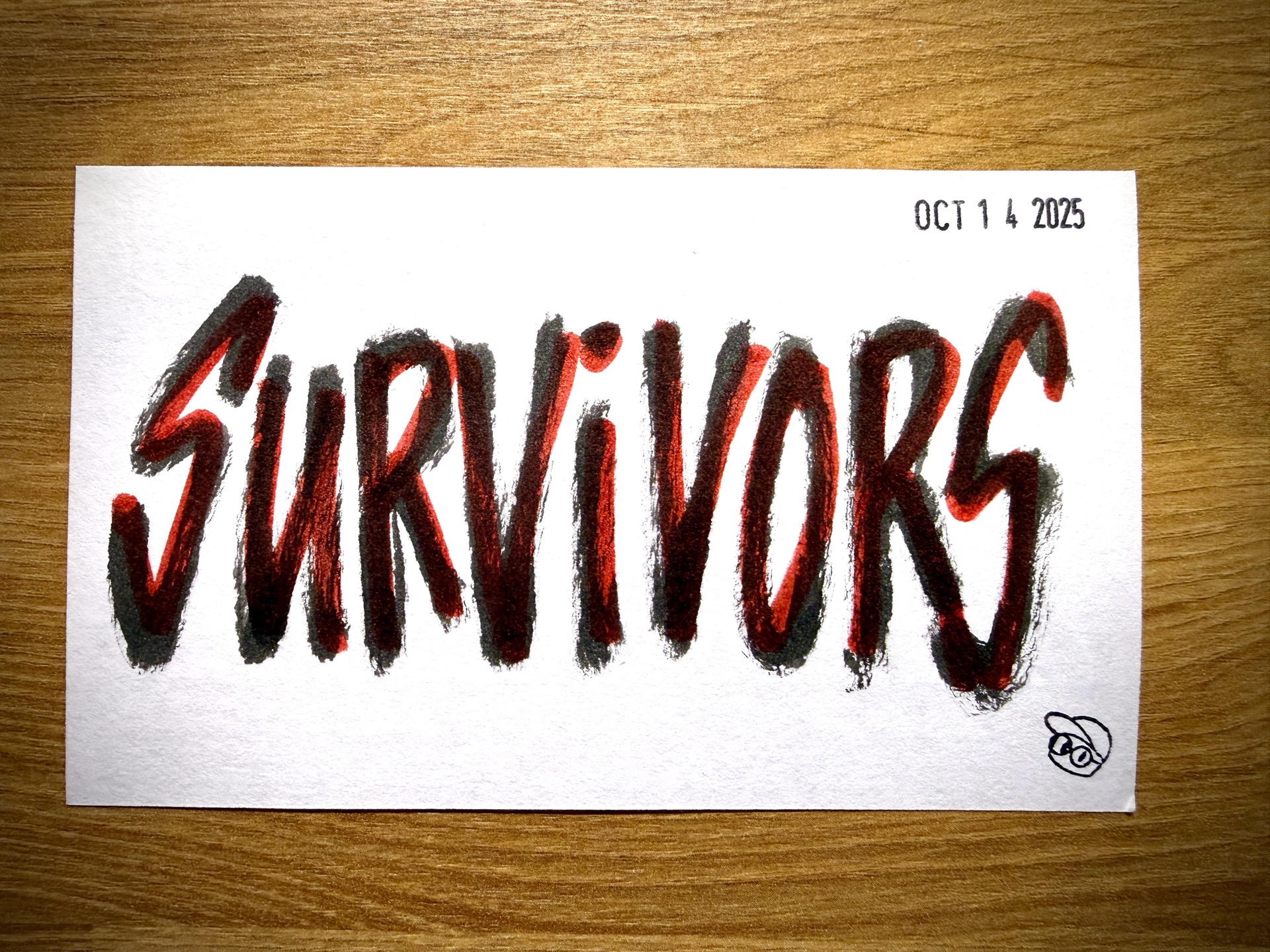If you’ve read my posts — or seen how I move at work — you might think I’m reckless. An anarchist. Anti-process.
That’s not true.
I love process. I study it. My day is built on it.
What I don’t love is process for process’ sake — the kind that exists to look organized instead of be useful. Often well-intentioned. Unexplainably and awkwardly heavy. Performative order. Rituals that look productive but collapse the second things get hard.
The kind that gets memorialized in a slide deck, only to get quietly ignored when the pressure hits.
Quiet ones
The processes I care about are the ones that stay.
The ones that don’t need champions. The ones people follow even when no one’s watching.
They’ve been stress-tested — through late nights, shifting priorities, rotating teams, and those foggy weeks when no one has the energy to reinvent anything. They’ve had their decoration chipped away and their nonsense burned off.
What remains is the minimum that actually works.
The kind of process people keep doing because it helps. Not because they’re told to. But they know, despite how annoying, tedious, and difficult it may feel at this very moment... They know it's worth doing because it makes the work — and the team — better.
Those are the survivors.
Outlasters
A stand-up that quietly outlasted five others — not because it’s perfect, but because it actually keeps the team aligned.
A triage ritual someone somehow keeps running — alone, quietly, relentlessly — not for credit, but because without it, the system cracks.
These aren’t shiny. They’re anything but.
They’re battle-hardened. Well-worn machines. Cast iron and covered in rust. And in a world obsessed with stainless steel, cast-iron looks outdated until the heat hits.
They work. That’s why they’re still here.
Decay
Not all survivors are good, though.
Some limp along out of inertia — relics of “that’s how we’ve always done it.”
They’re not survivors.
They’re something else:
Zombies.
You know them.
The meeting no one remembers scheduling. The “Team Overview” doc, spun from a dusty template — still proudly sporting lorem ipsum and a generous helping of TBDs.
The process that doesn’t help — but lives on, mostly because no one wants to be the one to kill it. Especially not if they’re the one who brought it to life.
These aren’t rituals. They’re leftovers.
They shuffle through calendars and stand-ups, draining time instead of giving it back.
No one questions why they’re still here. And yet, they just keep feeding them time — stealing oxygen from those who need it.
Drop them and watch your team breathe again.
Carriers
But the real ones — the ones with heartbeat?
They deserve study.
Because every enduring process carries proof. Proof that it earned its place. That it worked when people didn’t have time to think.
That it flexed when everything else snapped.
We forget that systems exist to support humans, not impress them. The prettiest workflows often die the first time real life gets messy.
As leaders, builders, and culture-setters, our job isn’t to invent more process.
It’s to notice what’s still alive. Understand why it survived. And help more like it take root.
It’s archaeology. Anthropology. Not architecture.
The best process doesn’t shout. It endures. It adapts. It gets lighter, not heavier. It earns its right to stay — long after everything else has burned away.
Protect the ones that work. Plant more like them. Build on what bent but didn’t break — and somehow stayed standing when everything else fell to fire.
